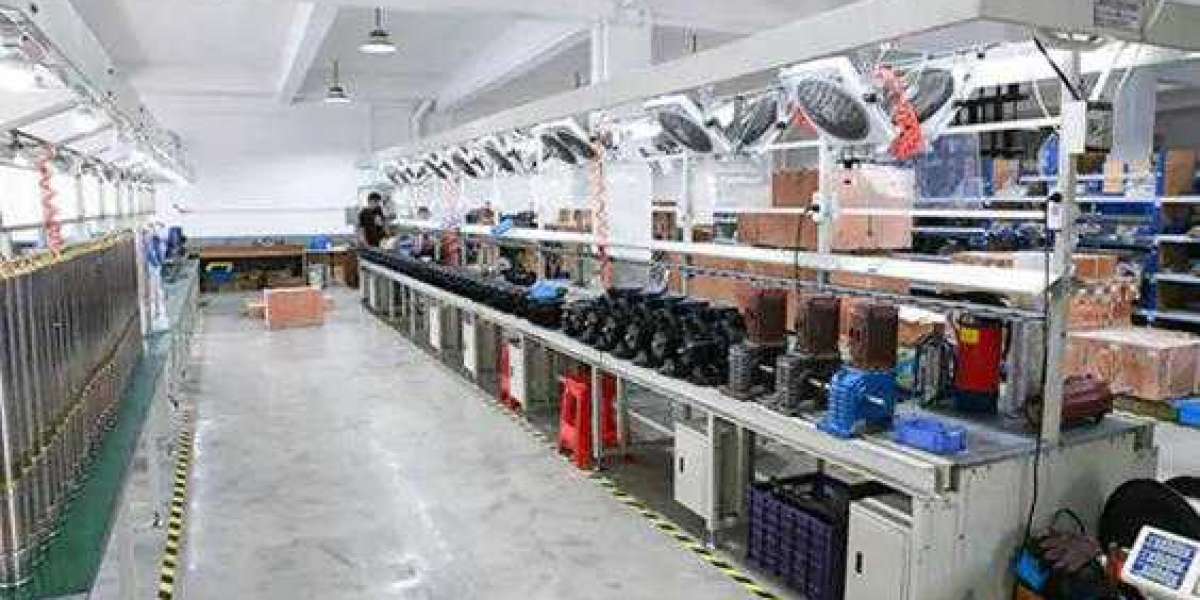When it comes to moving fluids efficiently, pipeline centrifugal pumps and sewage pumps are the unsung heroes of the industrial world. These trusty machines play a crucial role in various applications, from supplying water to homes and businesses to handling the less glamorous task of moving sewage. In this article, we'll take a closer look at these pumps and the manufacturers behind them.
Pipeline centrifugal pumps are workhorses designed to move liquids through pipelines with ease. They rely on centrifugal force to generate the necessary flow. The pump consists of an impeller, which spins rapidly, creating a suction force that draws in the fluid. As the fluid enters the impeller, it is thrown outward, increasing its velocity and creating pressure. This pressure propels the fluid through the pipeline.
One of the key advantages of pipeline centrifugal pumps is their versatility. They can handle a wide range of liquids, from water and oil to chemicals and slurries. They're commonly used in industries like agriculture, oil and gas, and water treatment. Manufacturers like Grundfos, Wilo, and Xylem have gained a reputation for producing high-quality pipeline centrifugal pumps that are both efficient and reliable.
While sewage pumps may not be the most glamorous topic, they are indispensable for maintaining public health and sanitation. These pumps are specifically designed to handle wastewater and sewage, which can contain solids and debris. Sewage pumps come in two main types: submersible and non-submersible.
Submersible sewage pumps are designed to be fully submerged in the sewage or wastewater they are pumping. They are sealed to prevent water from entering the motor, making them ideal for applications where the pump must be submerged, such as in sewage pits.
Non-submersible sewage pumps, on the other hand, are installed outside the sewage pit and are often used in commercial and industrial settings. These pumps are designed to handle large volumes of sewage and can handle solids of various sizes.
Choosing the Right Pump
Selecting the right pump for a specific application is crucial to ensure efficient and trouble-free operation. When considering a pipeline centrifugal pump or a sewage pump, here are a few factors to keep in mind:
1. Flow Rate: Determine the required flow rate for your application. It's essential to match the pump's capacity to the demand.
2. Head Pressure: Consider the distance and height the pump needs to move the fluid. This will determine the required head pressure.
3. Type of Fluid: Different fluids have varying properties and can affect the choice of materials for the pump components.
4. Solids Handling: For sewage pumps, especially, consider the size and volume of solids the pump will encounter.
Pipeline centrifugal pumps and sewage pumps may not be the most glamorous equipment in the industrial world, but they are undeniably essential. Whether you need to transport clean water across long distances or handle the dirty work of wastewater and sewage, these pumps and the manufacturers behind them play a vital role in keeping our communities running smoothly. So, the next time you turn on your tap or flush your toilet, remember the unsung heroes that make it all possible.








